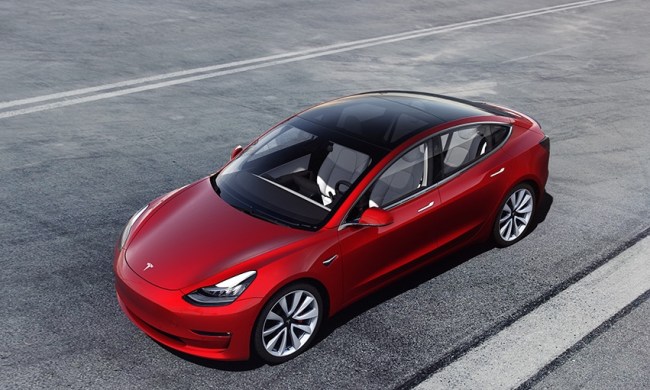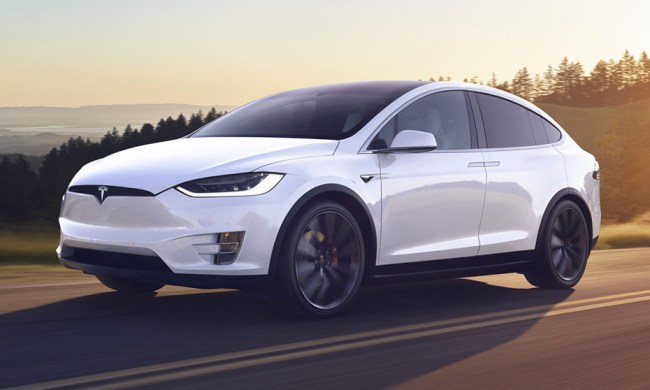How reliable is a Tesla? Tesloop, a shuttle service based in California, found out by pushing Tesla electric cars to the breaking point. The company’s fleet of seven Teslas has racked up a collective 2.5 million miles, with individual cars surpassing 300,000 miles, according to Quartz. That makes these cars among the highest-mileage Teslas on the road — and shows what issues crop up after hard use.
The Tesloop fleet includes a mix of Model S, Model 3, and Model X electric cars. They typically operate between San Diego, Los Angeles, and destinations in between. Cars can accumulate 17,000 miles a month, and sometimes need to be charged twice a day, according to Quartz. While the sample size is small, it’s a rare opportunity to evaluate high-mileage Tesla electric cars, Quartz noted.
The good news is that every vehicles Tesloop has purchased except one, which was retired after a collision with a drunk driver, is still running. None of the cars have “died of old age,” Tesloop founder Haydn Sonnad said in an interview with Quartz. But the car’s haven’t been problem-free.
About six battery packs have been replaced, all under warranty, according to Quartz. The replacements were done due to “factory or installation issues,” Sonnad told Quartz. As with all electric cars, Tesloop has seen some decreases in range as battery packs have aged. The range of one Tesla Model X dropped from 260 miles to 200 miles after 330,000 miles in service, according to Quartz.

Tesloop has also had to replace two axles ($2,557.12) and a row of seats ($5,375.90), according to Quartz. A replacement windshield for one car reportedly took three months to arrive. Retractable door handles on the Model S have caused problems as well, and cost $1,500 to replace, according to Quartz. A flash memory chip is a common weak point, and costs $1,800 to replace. Early cars would also develop a software glitch that shut off the battery pack, stranding drivers on the road, according to Quartz. Tesla has reportedly fixed that problem.
Many issues were related to earlier iterations of Tesla hardware and software, Sonnad told Quartz, claiming that “they all are remedied by the Model 3.” Thanks to greater anticipated reliability, Sonnad expects Model 3 ownership costs to be half those of the Model S or Model X.
When it comes to running costs, electric cars also have an inherent advantage over internal-combustion models. While certain items — such as tires and brakes — need to be replaced, regular maintenance needs are much lower. Electric cars don’t need oil changes, after all. Electricity is also much cheaper than gasoline or diesel.


